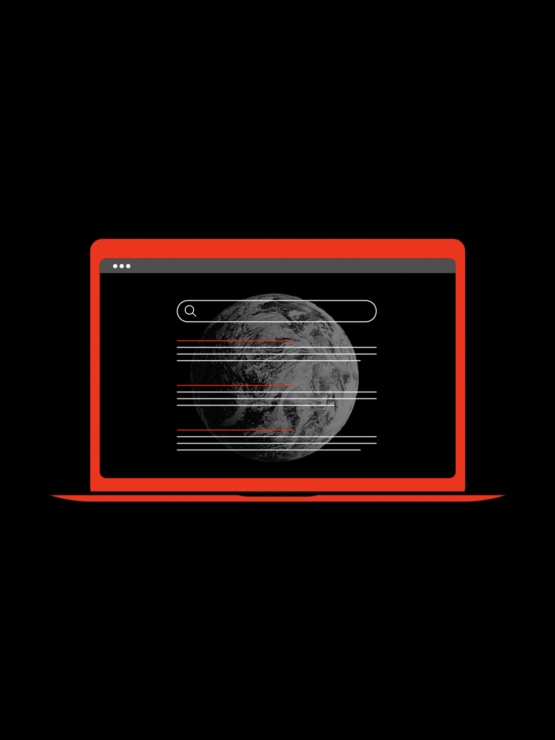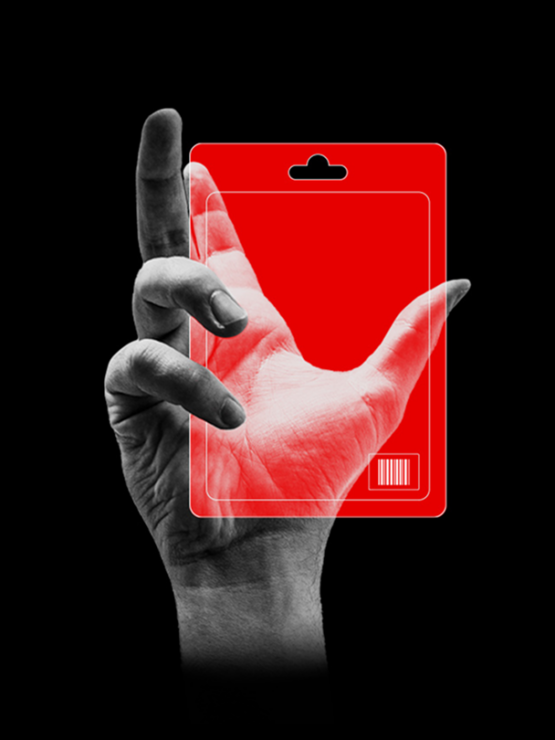We’ve seen the web industry explode in the past few years with regard to what’s possible. There are now more options than ever – more people with web skills, more truly amazing pre-designed templates, and more do-it-yourself platforms. Why, then, is the task of starting a website seemingly more daunting than ever? In addition to the host of benefits that have come from this surge in online site options for business owners, we think that this increase in ‘what’s available’ has also led to two things: 1) an epidemic of “it’s not that hard, can’t you just put it on WordPress?”, and 2) a misunderstanding of what websites actually are – and how they’re actually built.
We thought we’d walk you through the process (as we see it), and give you a look ‘under-the-hood’ at how a project goes from its “I need a website” roots to a launched product that finds its way onto the internet.
Let’s start at the beginning…
1. Set goals for your site
In a market that is flooded with ever-changing technology and websites that just keep getting more interesting, it’s easy to be romanced by the lights and lose your way. Though the end result is a well-designed (and well-built) site, web projects don’t begin with either of these disciplines. The process begins at a far more macro brand level by identifying what goals you have for a site. Simplistic as this may sound, it’s incredible how often this endpoint can get lost. Beginning with a firm sense of what’s “a win” for your business can have huge implications on your overall site strategy. Is the goal to sell, inspire, inform – or simply get someone to pick up the phone? Each of those options requires its own unique approach when it comes to your site plan (from content strategy, to design, to the overall site build).
2. Know your users – and what they want
While your website is for your business, it’s not actually *for* your business. It’s for your users. That’s a huge shift in thinking, and it really opens-up a ton of possibilities when it comes to content delivery. Instead of thinking of your site like an online brochure, begin the process by naming each individual constituency that will visit your site – from prospective clients / customers to job-seekers. You’ll be amazed by two things: 1) how specific you can get about your users based simply on your knowledge of your own business and industry, and 2) how you know exactly what each of these groups is looking for from you (and your site). That’s great – now you just have to make sure that the content is there for them.
3. Determine what your site does (and doesn’t do)
Now that you’ve started thinking about goals and user-based-content, it’s time to think about site functionality: the nuts-and-bolts of what your site needs to do. The reason that this is Step 3 in this initial walk-through is that you’ll want to make sure that your site functionality exists to help you achieve your goals and give your users access to the content that they’re looking to find. “Doing stuff” on the web can get expensive, so while your buddy’s website might have a fancy login section where users can access their accounts, it’s important to ask yourself if this feature is necessary for you – does it help you reach your goals and better the experience of your users? When you begin to develop your initial ‘what my site does’ list, it’s also helpful to think in phases. The beauty of the web is that it’s not a static platform; you can start with the absolute essentials and then let the site evolve in the months after its launch. So that’s how it begins, and it’s certainly enough to give a shop like ours a great deal of insight into what we’re ultimately building. We’ll be back next time to continue the conversation… Until then, follow us on Twitter.




